May 22, 2019
Breaking Down Iron Man’s New Avengers: Endgame Suit
Posted by Quinn Sena in categories: biotech/medical, nanotechnology
Tony Stark (Robert Downey Jr.) is nothing if not a master innovator. After every single battle he’s had in the Marvel Cinematic Universe, the character has used his book smarts and technical wherewithal to better his suit so that it can defend against any threat the Avengers may run into. That includes the introduction of yet another suit in Avengers: Endgame after his first nano-tech based armor was destroyed in the Battle of Titan that took place in Avengers: Infinity War.
Weta Digital was the team behind crafting Stark’s layered nano-tech armor in addition to the third-act Endgame battle where we saw the majority of its capabilities. Recently, we had the chance to speak with Weta’s visual effects supervisor Matt Aitken, who helped detail what all went into making the latest iteration of Iron Man armor.
“Here in Infinity War, and then subsequently in Endgame, he’s got the Bleeding Edge nano-tech that he’s developed,” Aitken recounts.” And that’s about this idea that the suit is actually made up of these nanoparticles that can kind of form a fluid and move around on the surface of the suit, and reform different weapons, and then kind of solidify and crystallize into a rigid, metal suit. We developed that tech for Infinity War, and then really extended it for Endgame for two particular sequences.”
Continue reading “Breaking Down Iron Man’s New Avengers: Endgame Suit” »

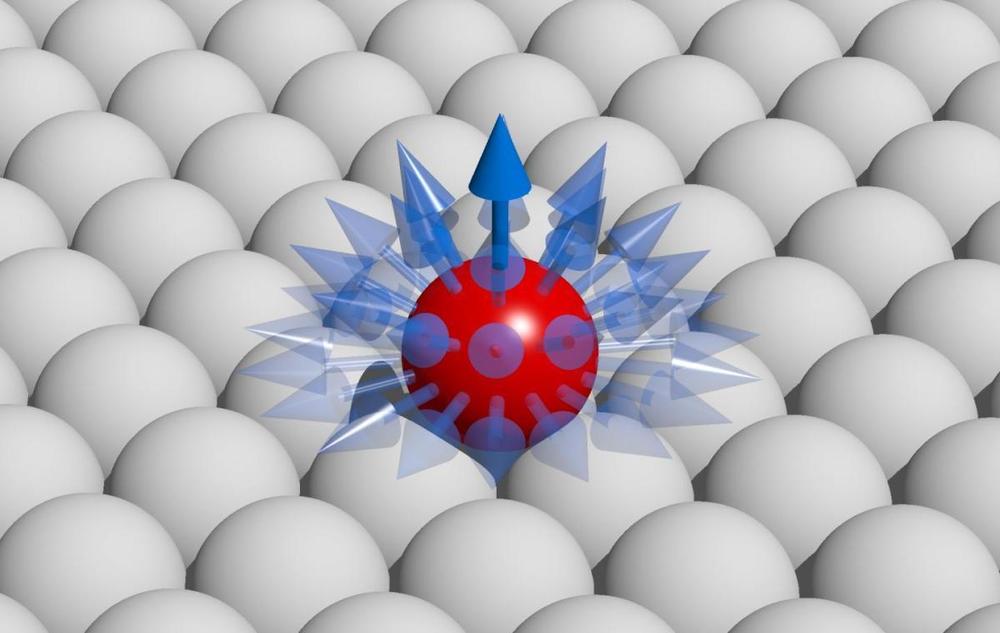
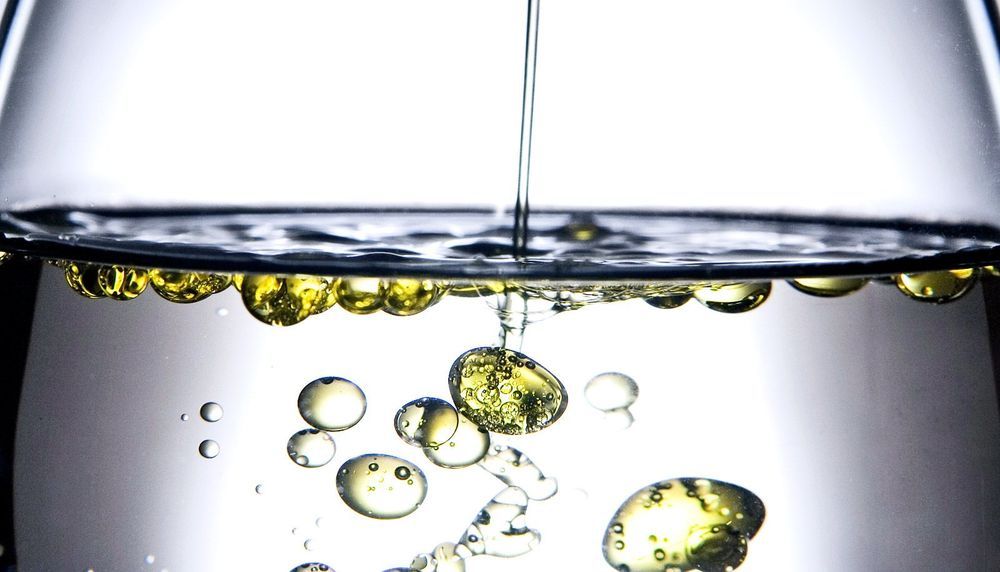
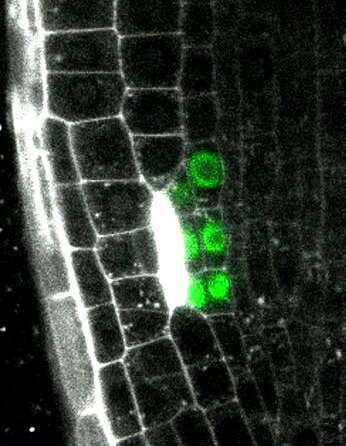
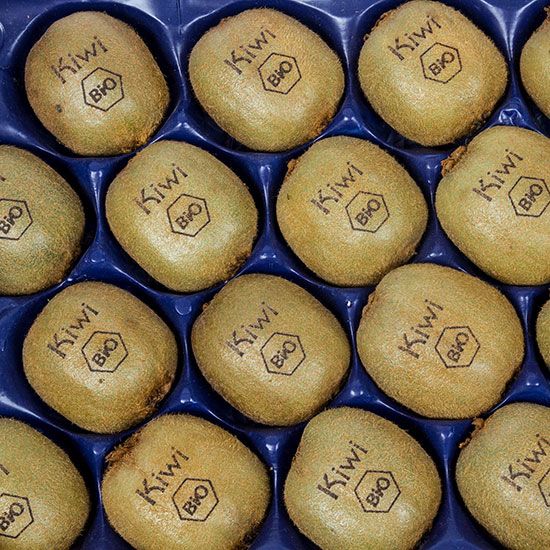
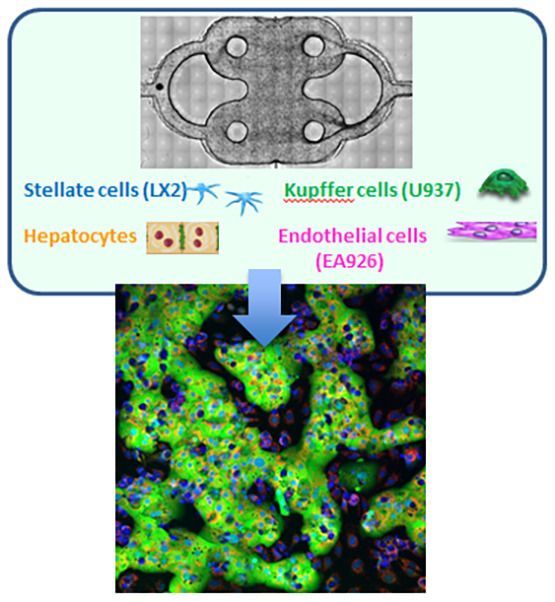

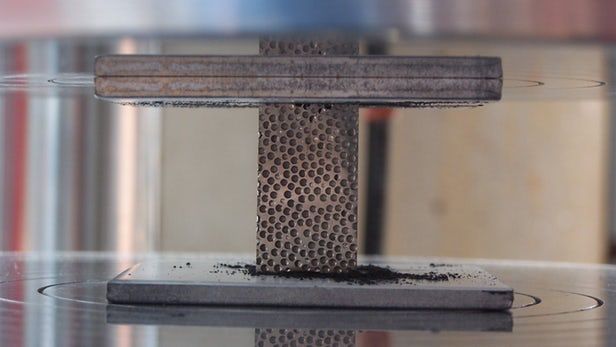


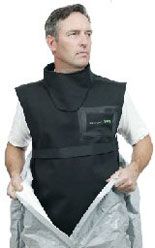 Gamma radiation is the most penetrating and energetic form of nuclear radiation. To
Gamma radiation is the most penetrating and energetic form of nuclear radiation. To 







